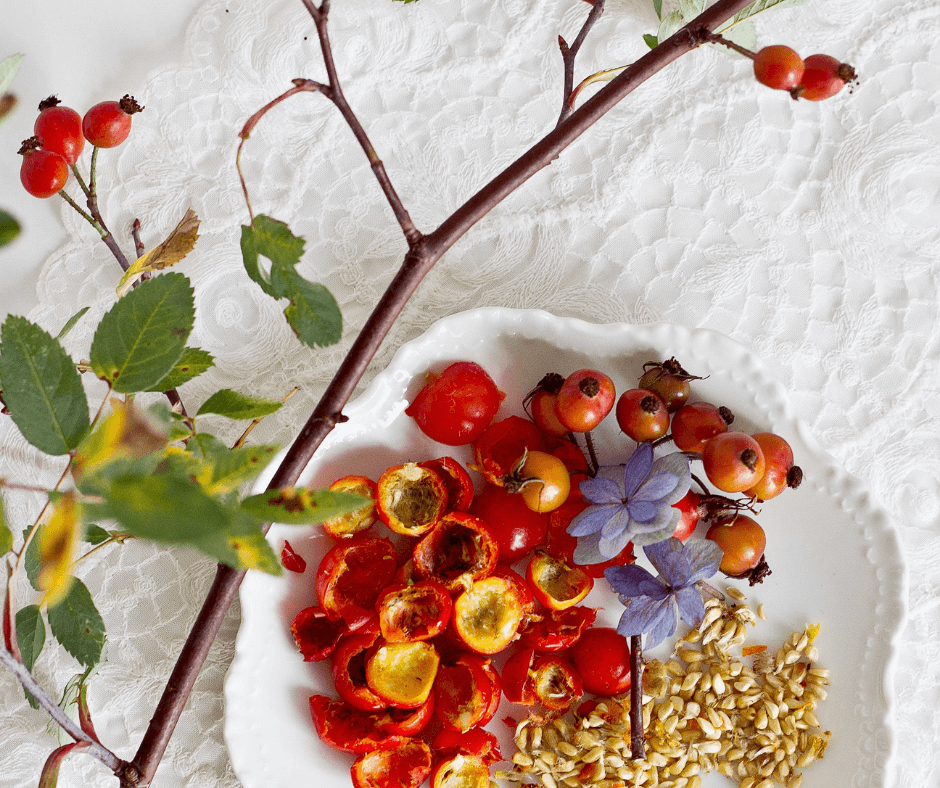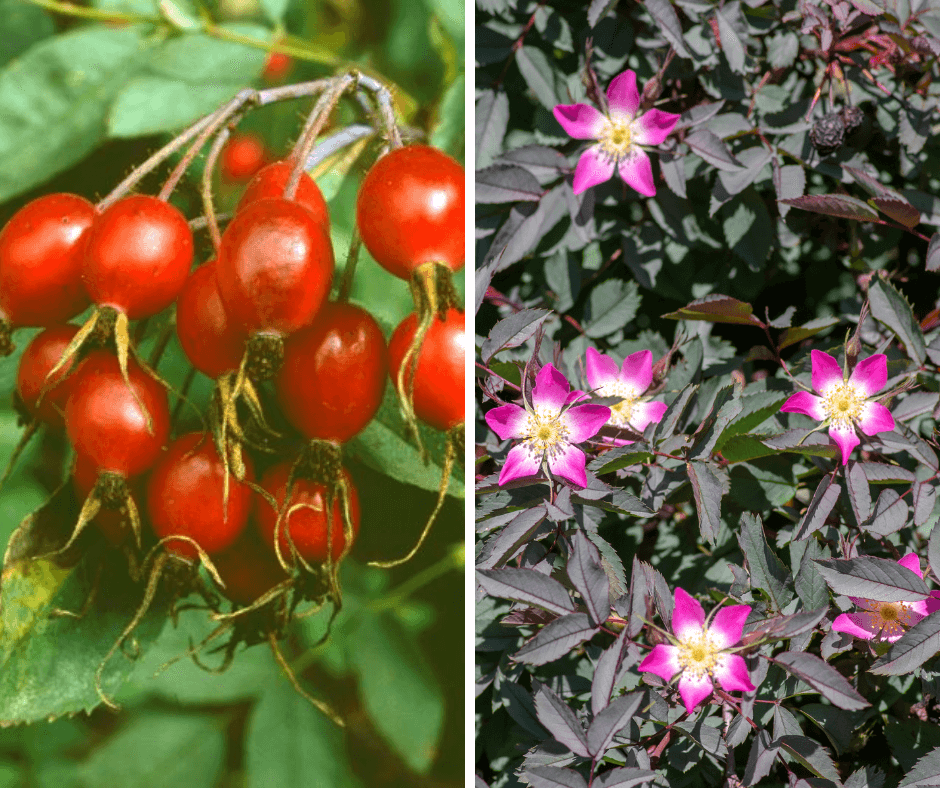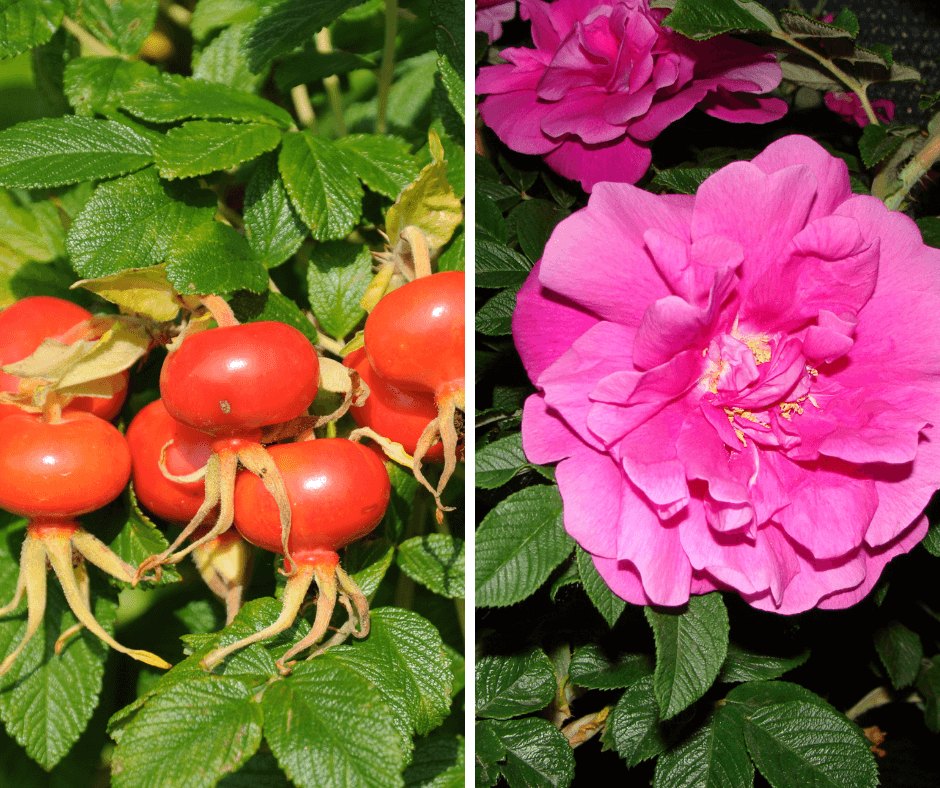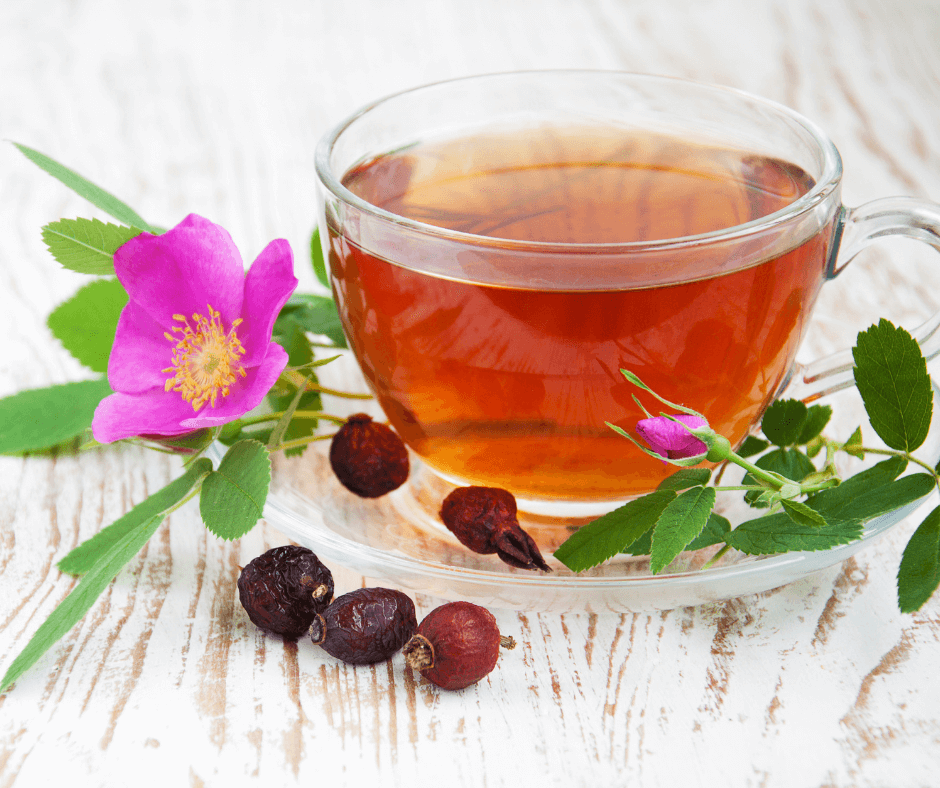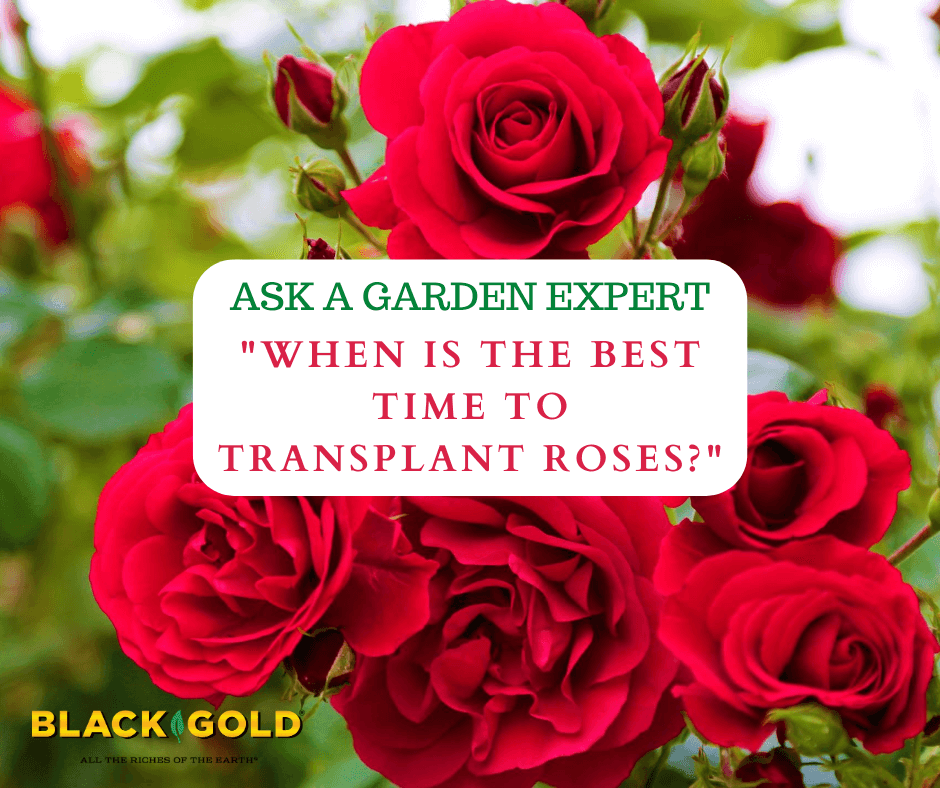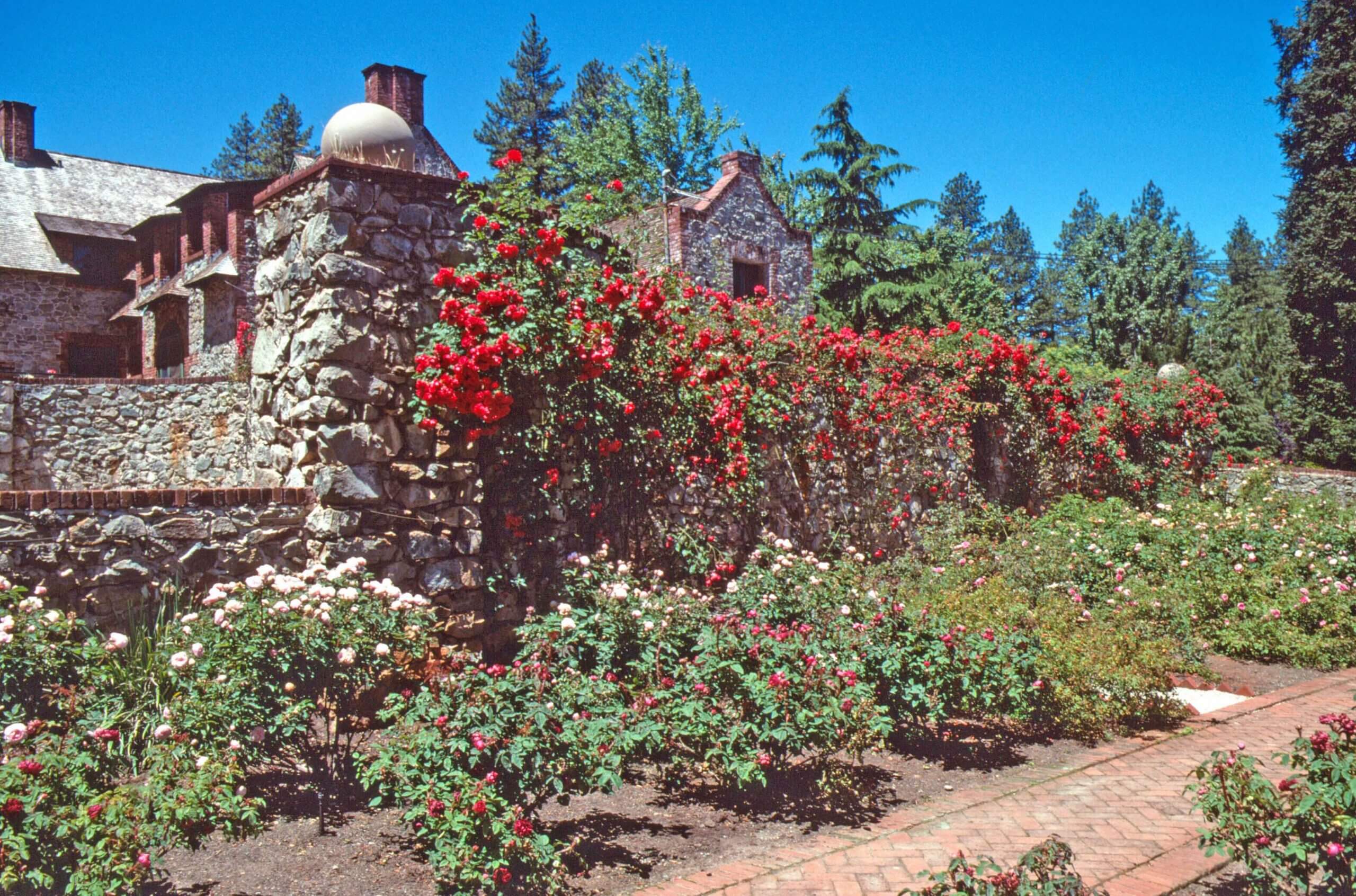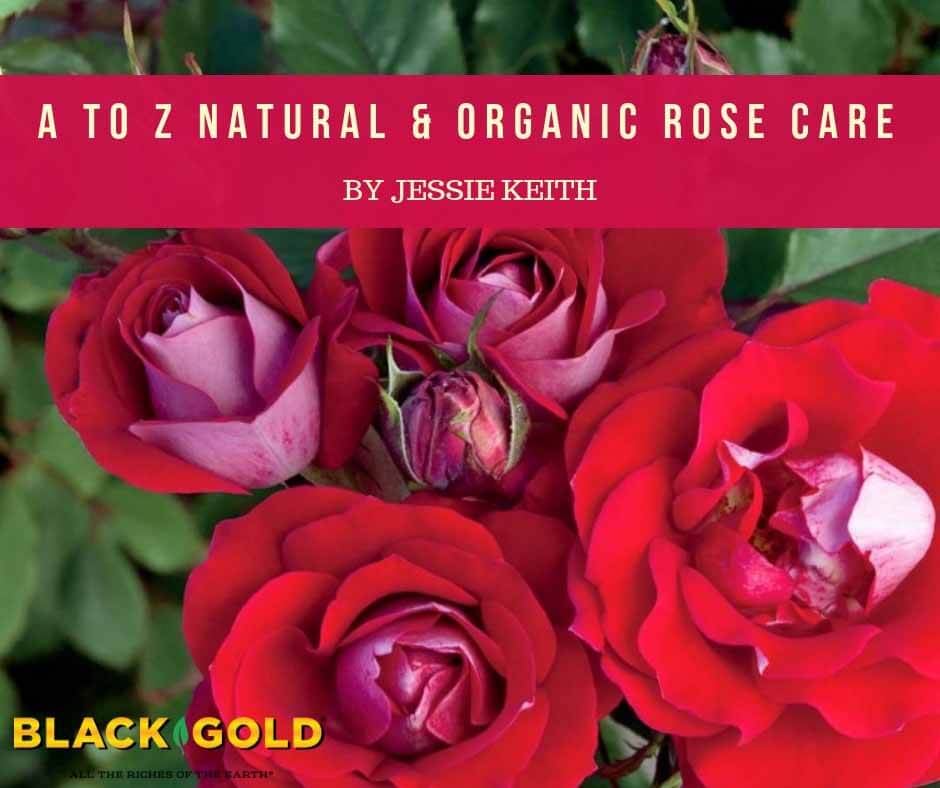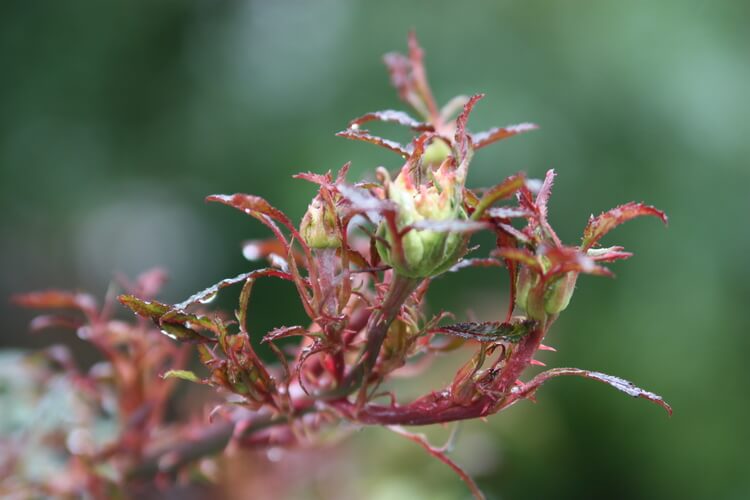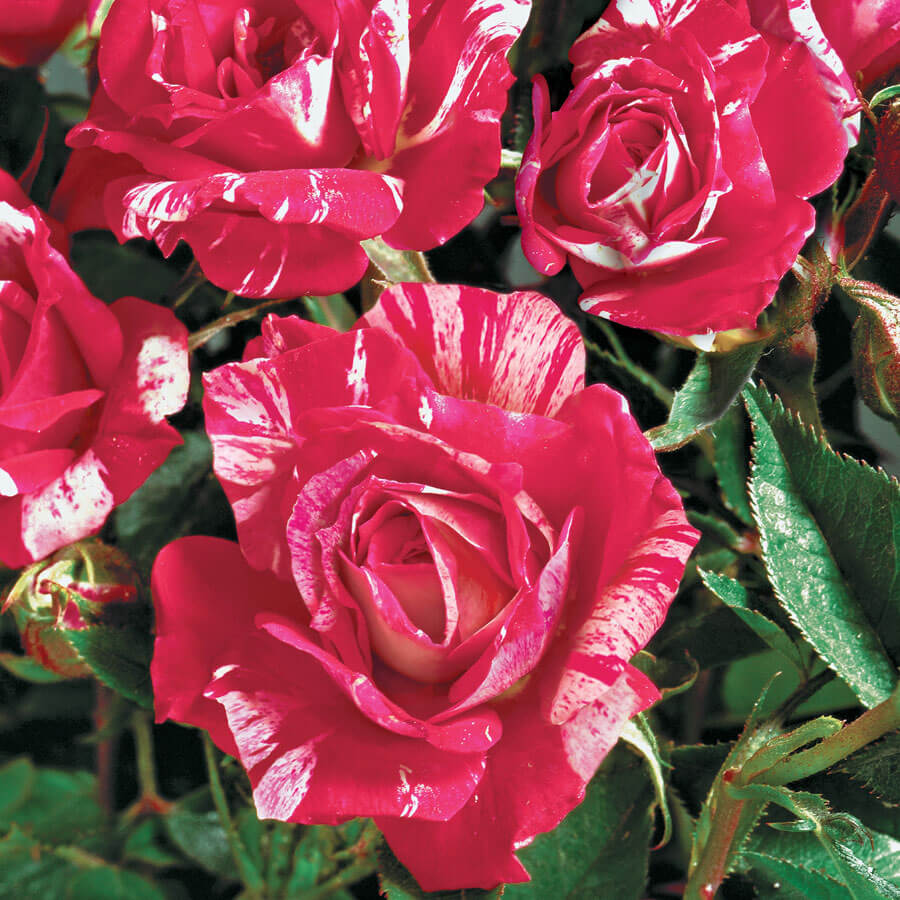
Roses are among the most beautiful flowers on the planet, but they are also prone to some of the nastiest foliar diseases as well. The three worst of these are rose black spot (Diplocarpon rosae), powdery mildew (order Erysiphales), and rose rust (Phragmidium spp.), but new roses are challenging their damage. Many of the largest rose growers and breeders have developed gorgeous disease-resistant roses that are absolutely outstanding.
Most of the finest disease-resistant roses are shrub roses, but there are a few other forms on the list. All these roses bloom from late spring until frost. Here are a few favorites to consider.
Best Disease-Resistant Roses
Shrub Roses
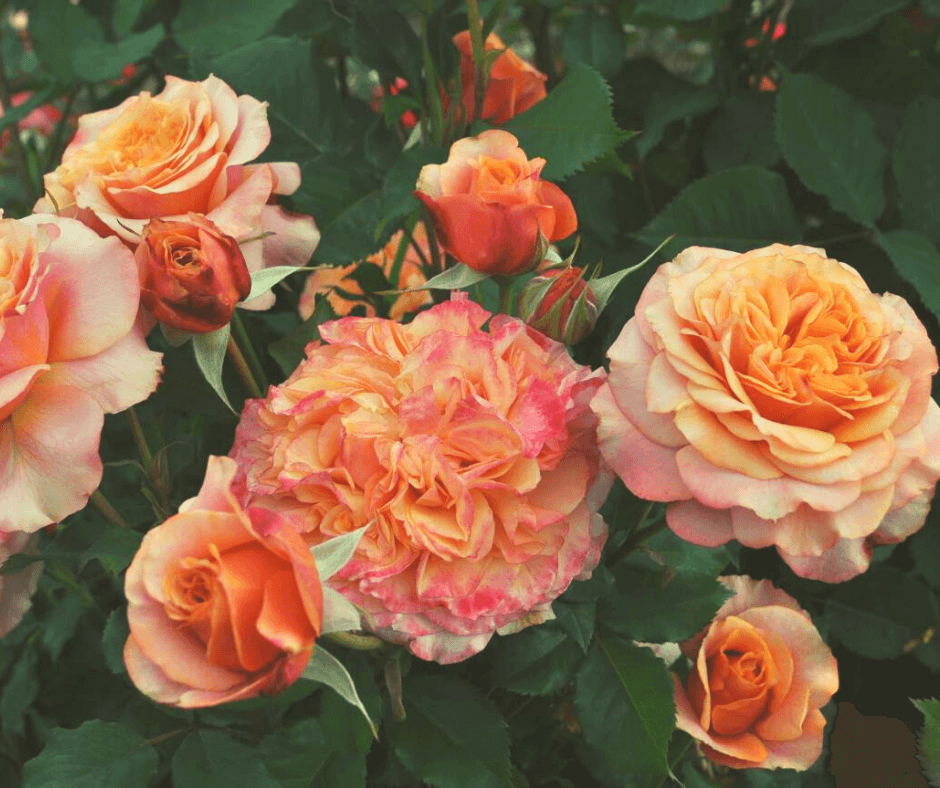
The grandiflora shrub rose Crazy Love™ Sunbelt® (USDA Hardiness Zones 5-9, 5′ x 3′) has unusual, orange and yellow, cup-shaped flowers that are fully double and very fragrant. It is generally resistant to common foliar diseases of roses and a vigorous nonstop bloomer.
Nicole® (Zones 6-10, 4′ x 3′) is a beautiful floribunda shrub rose that I am buying this year for my front border. It has 4-inch wide blooms that are snow-white with deep rose edges. The stunning shrub rose is remarkably disease resistant.

One favorite new yellow-flowered rose is the floribunda shrub rose Golden Fairy Tale® (Zones 5-9, 4′ x 4′). It’s another that I have added to my must-buy list this year. The award-winner has bright golden-yellow double blooms that are very fragrant and flower in abundance. Notable disease resistance makes it an effortless variety for the garden. Think seriously about this one.
The compact floribunda rose, ‘Brilliant Veranda’ (Zones 5-9, 2′ x 3′) is brilliant red and just the right size for a flower-filled veranda, as the name suggests. Its blooms almost glow, and the plants show very good disease resistance. Plant it in front of beds with taller plants behind it to light up the garden.
Shrub roses in the Knock Out® Series are possibly too familiar, since everywhere I go in my hometown of Bloomington, Indiana, they are planted outside practically every landscaped business front. But there is a reason for that. The classic Double Knock Out® rose has gorgeous, double, cherry red flowers on shrubby plants that are very tough and easy to maintain. There are many other colors in the series, including those in the shades of yellow, apricot, and pink.

English garden roses of all kinds are sold at David Austin Roses, the most famous rose-breeding company in the world. David Austin has produced the most beautiful English roses that bloom the whole season through. He also bred for disease resistance and fragrance. I have picked out two of my favorites that you will love forever.
The fragrant ‘Olivia Rose Austin’ (Zones 4-11, 4′ x 3′) is a classic English rose of pale pink that has cupped, double flowers with a dense rosette of petals in the center. The flowers have a fruity fragrance. The darkest pink ‘Princess Anne’ (Zones 4-11, 4′ x 4′) has highly fragrant clusters of fluffy double flowers that lighten a bit as they get older. These are held upright over disease-resistant leaves.

Finally, Proven Winners® has a variety of tough, disease-resistant roses. Of these, At Last® (Zones 5-9, 3′ x 3′) is a fragrant beauty that will bloom nonstop through summer and into fall. The shrubs have glossy foliage and pale amber-orange flowers that are fully double and sweetly fragrant.
Other Roses
From miniatures to climbers, there are many other roses that defy diseases. The disease-resistant hybrid tea rose Gypsy Soul Eleganza® (Zones 5-9, 3.5′ x 2.5′) has deep violet-red flowers with long upright canes that are perfect for cutting long-stemmed roses. Petite Knock Out® (Zones 5-10, 18″) is a brand new miniature rose that has all of the traits of the classic double red Knockout® (mentioned above) but in truly miniature form. The climbing rose ‘Climbing Pinkie‘ (Zones 6-11, 8-12’) is one of the few disease-resistant climbers. The flowers are rose-pink and hang in clusters over the leaves. It can be trained along a fence or wall, or if you want to be really English, around your front door.
Spring is the best time to plant roses. Feeding the soil and fertilizing your shrubs at planting time will give them a great start. For more details about how to grow and plant shrub roses organically, please watch the video below by my daughter, Jessie.



